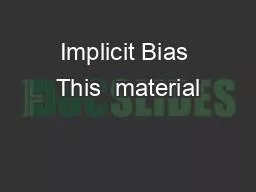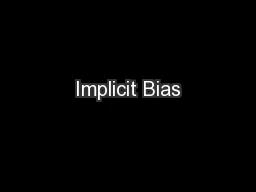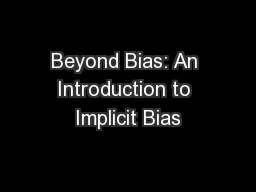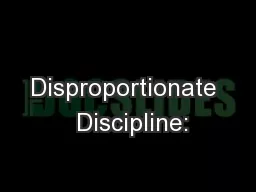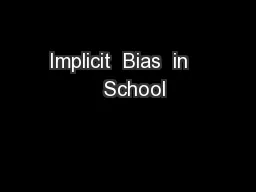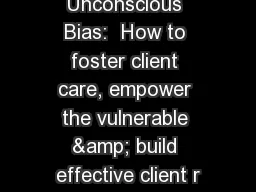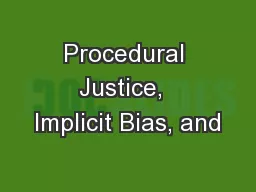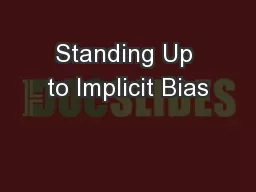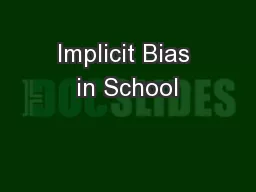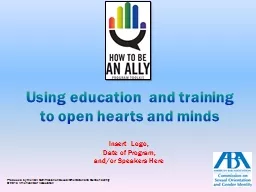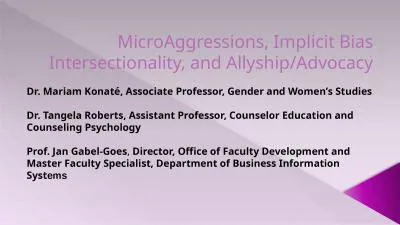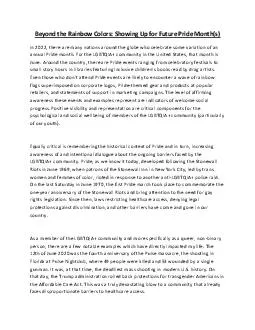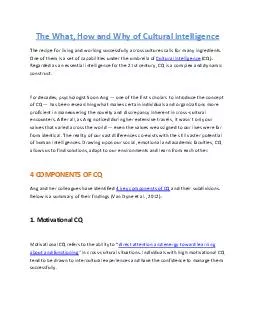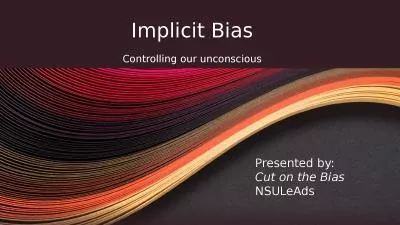PPT-Implicit Bias This material
Author : unisoftsm | Published Date : 2020-08-26
was supported with funds from the National Science Foundation ADVANCE Institutional Transformation grant 0810927 Any opinions findings and conclusions or recommendations
Presentation Embed Code
Download Presentation
Download Presentation The PPT/PDF document "Implicit Bias This material" is the property of its rightful owner. Permission is granted to download and print the materials on this website for personal, non-commercial use only, and to display it on your personal computer provided you do not modify the materials and that you retain all copyright notices contained in the materials. By downloading content from our website, you accept the terms of this agreement.
Implicit Bias This material: Transcript
Download Rules Of Document
"Implicit Bias This material"The content belongs to its owner. You may download and print it for personal use, without modification, and keep all copyright notices. By downloading, you agree to these terms.
Related Documents

